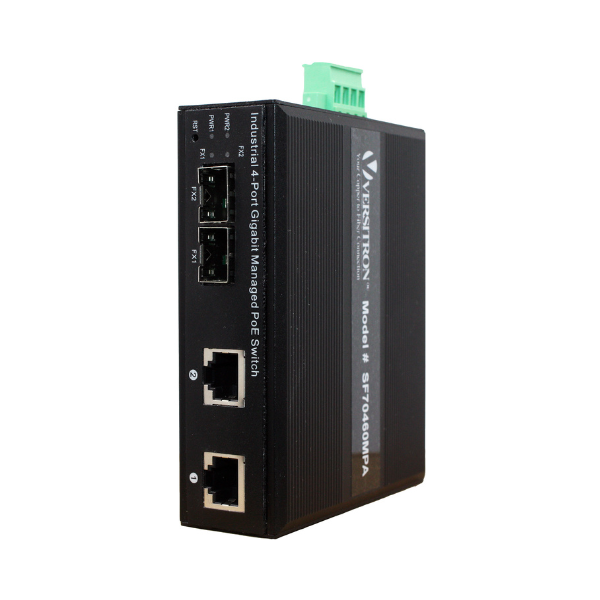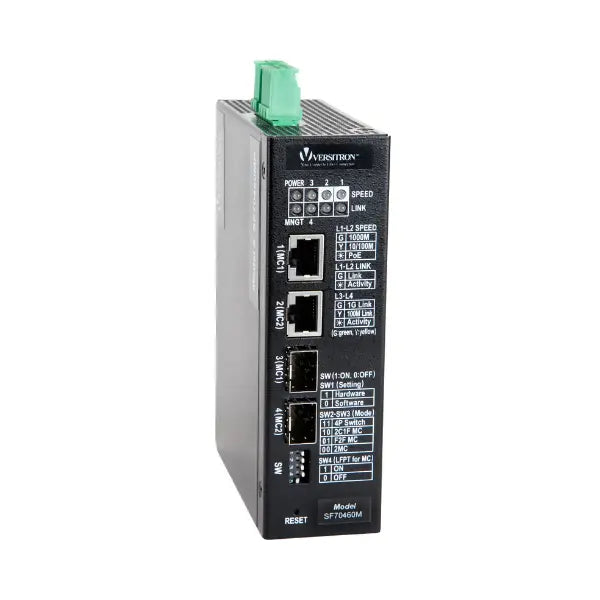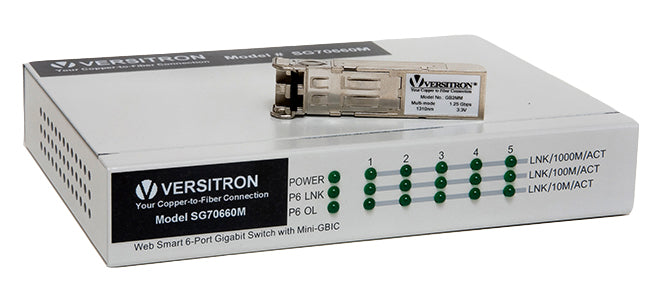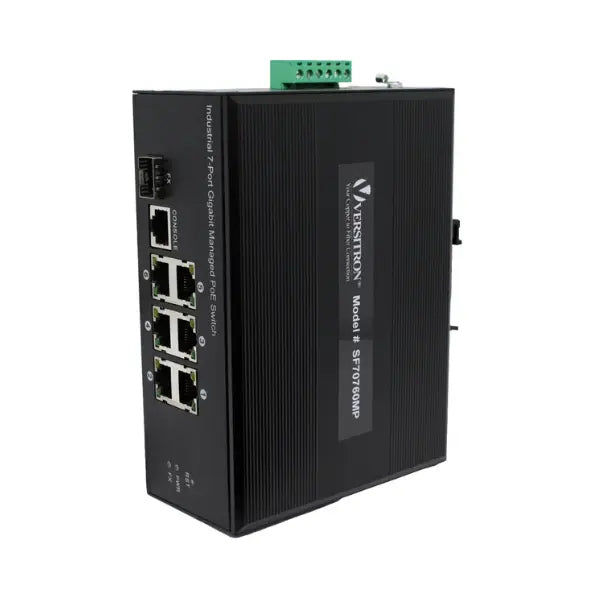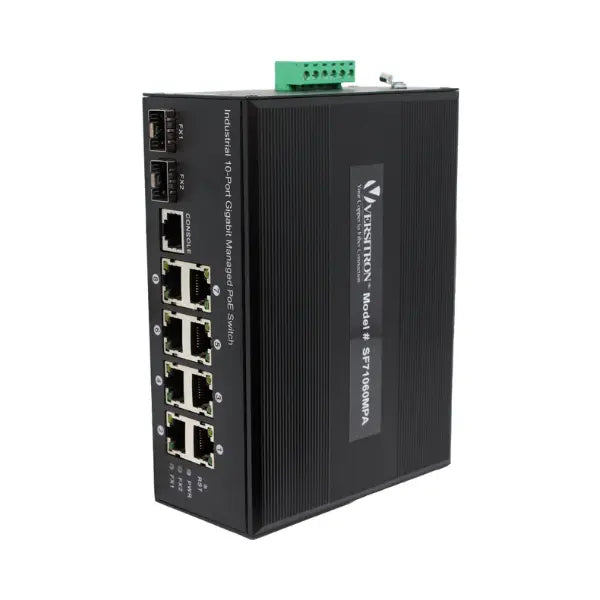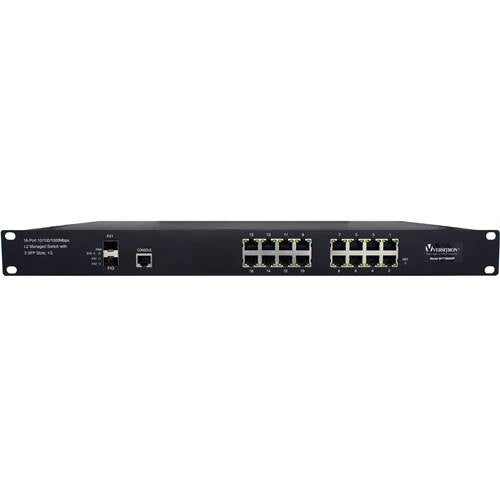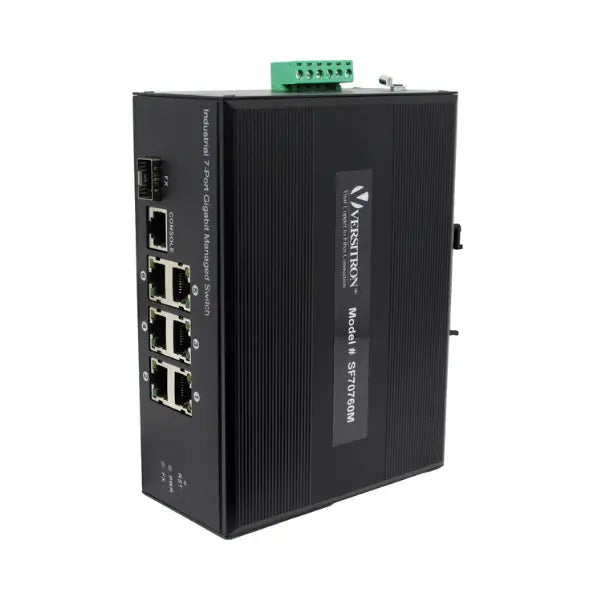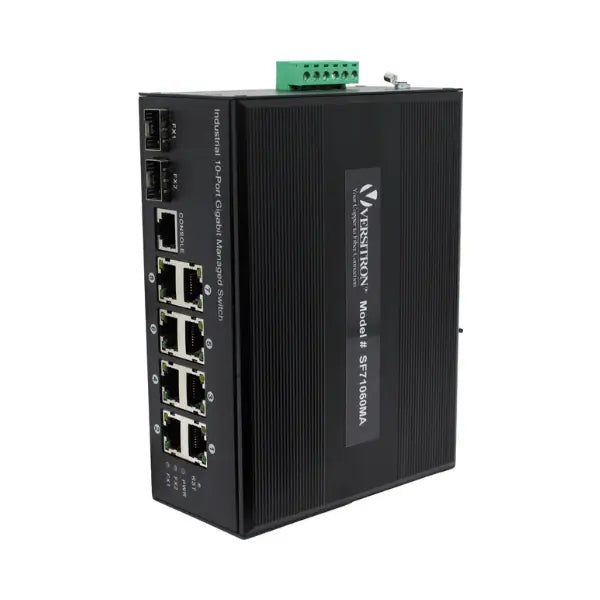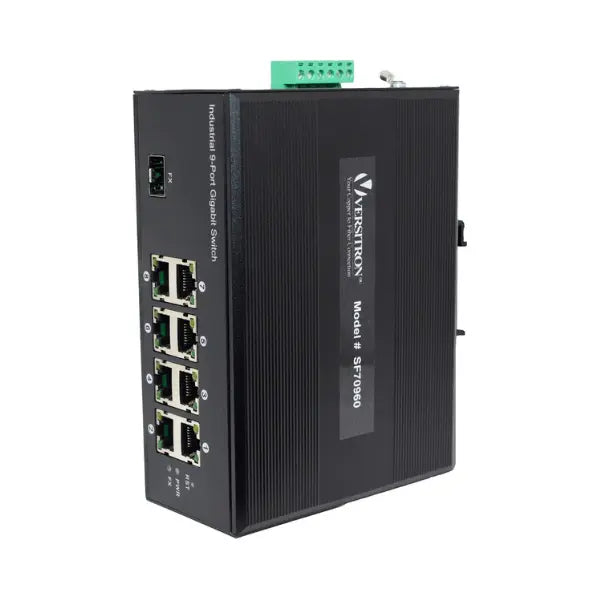Smart homes are the new normal nowadays. Everyone wants to integrate multiple IoT devices in the smart home network. Devices like routers, IP cameras, light-fixtures, air-conditioners, etc., are a few devices interconnected in a single smart home network. However, not all the devices are required for use at a time. This is where Ethernet switches come into action. There are two types of Ethernet switches used in smart home networks, namely unmanaged and managed switches. However, managed switches are preferred by the experts. Well, why unmanaged switches are less preferred one? Do you really need managed network switches for smart home networks? This post answers these questions for you.

An Overview of Managed Switches
The managed switches are a type of Ethernet switches that allows the operator to monitor, control and configure the transmission via a network. These switches deliver comprehensive functions via features like ARP inspection, VLAN, QoS, IP routing, etc. Therefore, unlike unmanaged Ethernet switches, the managed switches can be used to control the direction of data transmission and traffic in a network. Owing to the advanced monitoring factors, users can assure that the data transmitted from the source is being delivered to only intended devices in the network. This helps in controlling which devices are active and which are not at a specific time.
Learn About the Importance of Managed Network Switches for Home Network
Now let us discuss how managed network switches help in smart home network operations. The following benefits add to the importance of managed switches into smart home networks.
- The managed network switches can integrate several IoT devices in a smart home network without jeopardizing the performance of the network or the devices.
- The managed switches allow the user to control device operations. For example, with advanced technologies like voice commands, the managed switches allow the user to control temperature, kitchen equipment, light fixtures, computers, etc., only when it is needed. This helps in enormous power-saving and improving utility functions of the IoT devices installed inside or outside the home.
- Managed switches offer Link Aggregation Control Protocol (LACP) for effective distribution load on the network. During high traffic on the network, the LACP feature enables the addition of bandwidth by an aggregated physical link.
- Smart home networks are under threat of external cyber-intrusions. The managed switches offer protection against cyber intruders via the ACL feature. ACL prohibits unauthorized access which secures data and activities from the smart home networks.
- Managed switches also offer a VLAN feature which is helpful in distributing network traffic. Therefore, even if all the devices are active at a time traffic clogging or distribution is no trouble.
- In extreme traffic conditions or technical glitches, the Ethernet network can abruptly fail. In such cases, the managed Ethernet switches offer a spanning tree protocol (STP) which reduces network downtime by offering path redundancy. In case of link failure or abrupt network malfunction, STP in managed switches offer an alternative path to direct the traffic to avoid delay in smart home network operations.
Owing to all these benefits offered by managed network switches to the smart home networks, you would need managed switches for your smart home network. Now would have understood that lack of monitoring controls and security makes unmanaged switches the least preferred choice in the smart home network, isn’t it! While investing in managed network switches, you must pay attention to the quality of switches to take advantage of its features. Thus, buying from trusted manufacturers and suppliers like VERSITRON can assure you of the quality and performance of managed switches and eventually your smart home network.


